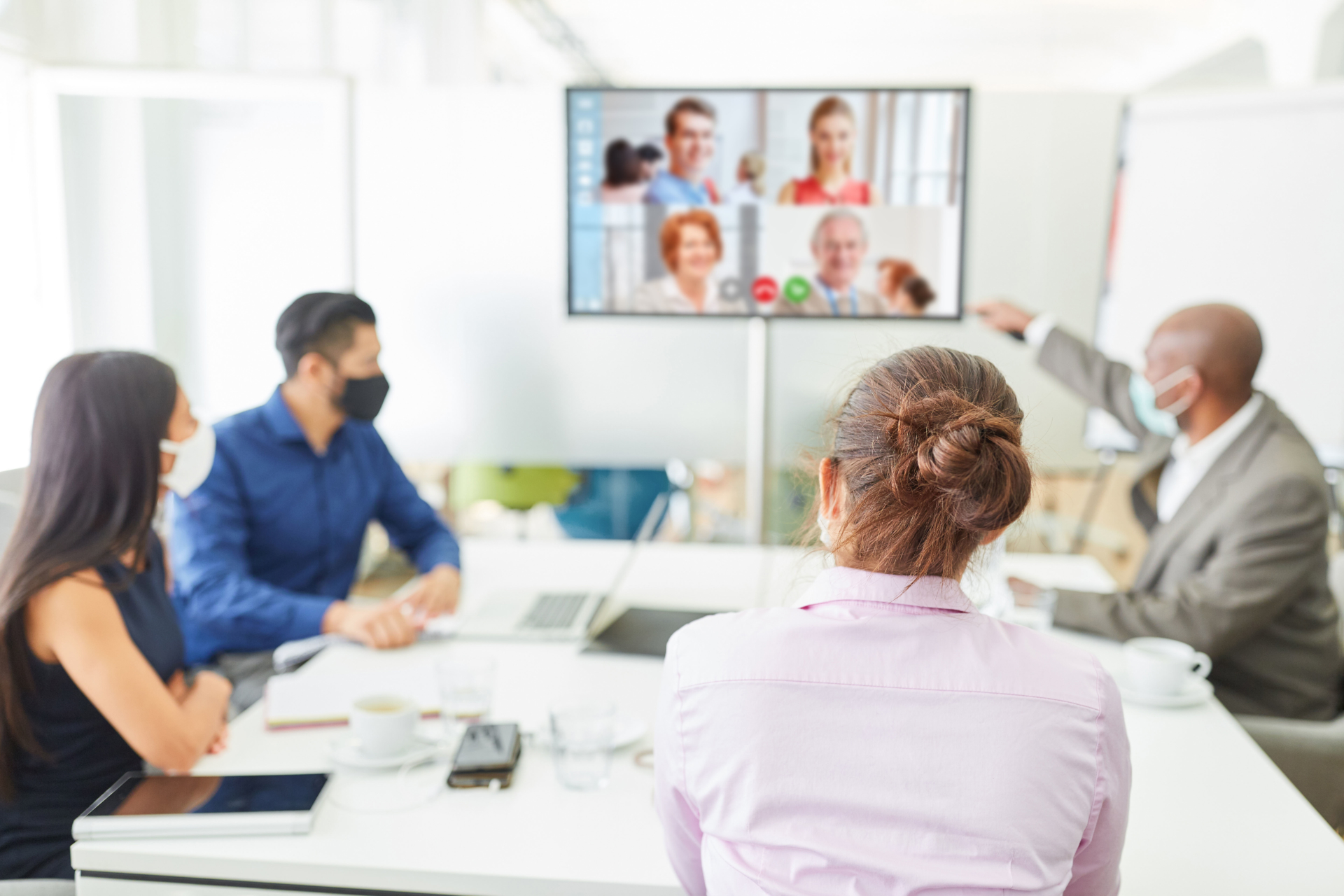In the age of Zoom and Microsoft Teams and more, we are all expected to show proficiency in technology that ordinarily an IT team might be responsible for. This surge in the use of software, specifically involving large group video connections, means some employees have become used to seeing technical issues and a lack of intuitive conference tools. To stand out and make your conference as easy as it should be, make sure you address each of the areas below.
Send a Pre-Conference Email
Up to 3 days before the conference, send a reminder. Not only will this catch the odd member who did forget, but it gives you an opportunity. Attach to this email a link to the same software you will use for the conference. Have the recipients open it up and make sure their audio devices do connect, and they can see themselves. You don’t necessarily need feedback from every single attendee but having the link in that reminder email ensures everyone can set up well in advance and be safe in the knowledge that if something does go wrong, it wasn’t them. That level of preparation isn’t always considered unless you provide a clear link to the software and say that’s what you’ll be using.
Examine Your Network Environment
When you’re hosting a call like this, your internet is under stress. Not only are you receiving multiple video feeds, but you are also outputting multiple too. Your upload and download speeds are both vital, as well as maintaining low latency, so that you aren’t sitting around for 3 seconds waiting for your voice to reach the other participants. These requirements might need some foresight and an effort to get the get the best internet for video conferences. Make sure your network will be free for you to use, with no large file transfers or downloads scheduled for any time during the conference. Encourage employees to have all their programs up to date well before the conference to avoid the bandwidth being unavailable.
Organize Your Screen
When running or participating in a video conference you will need access to the video itself, a pop-out or attached chat box, a way of making notes, and maybe even calendar/scheduling windows too.
Well in advance of the meeting (Maybe something else to mention in your reminder email), organize exactly what windows will go where. You want to do as little searching and ALT+TAB use as possible during the proceedings and have all the info you need ready. This could mean having your video snapped to the left screen while your timetable and notes and more are made to take up just 1/6 of the screen each, to fill the other half. If each window needs to be full-sized, then acquaint yourself with ALT+TAB to stop needless clicking and speed up your process.
Understand Admin Privileges
Once everyone is in attendance and the conference can begin, it is important to understand what you can control. For example, being able to quickly bring specific users to the camera and display them to the group, rather than the program just scrolling through or showing everyone. These tools also include muting and unmuting users, removing users, blurring/blacking out cameras while keeping audio, and more. All these tools should be accessible and known to you, so you can react to impromptu situation. (Pets interrupting, housemates getting out of the shower in the background, we’ve seen it all over the years).
Pay attention to these areas of preparation and you’ll run a conference as smoothly as possible, and you’ll have reminded everyone else of the importance of taking some time to set up and prepare for these events.




